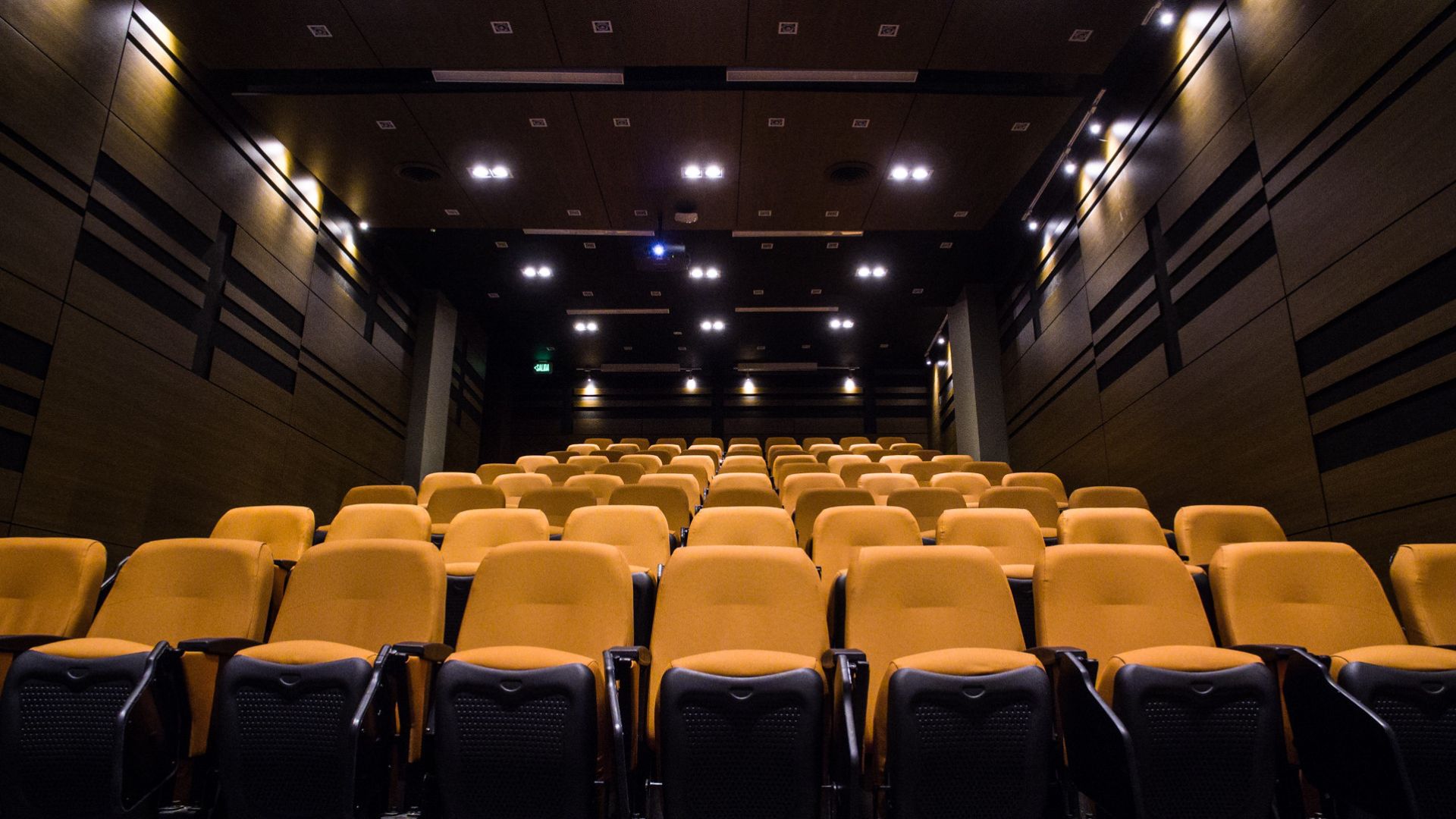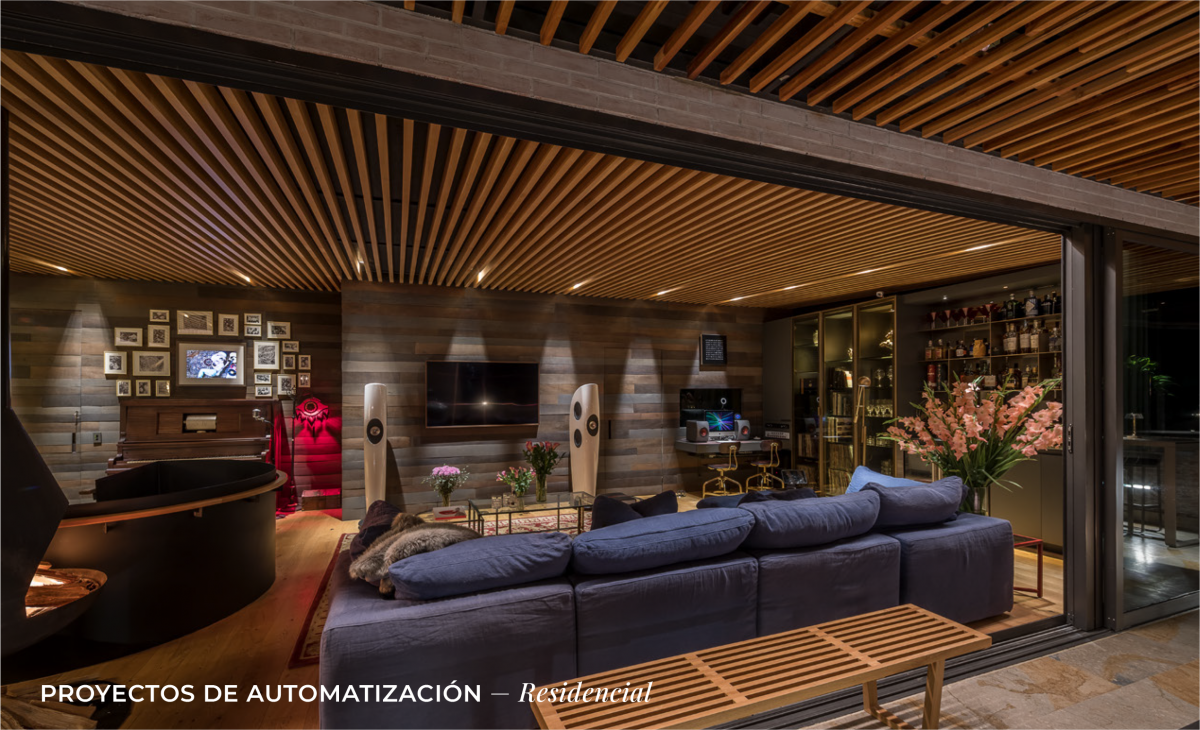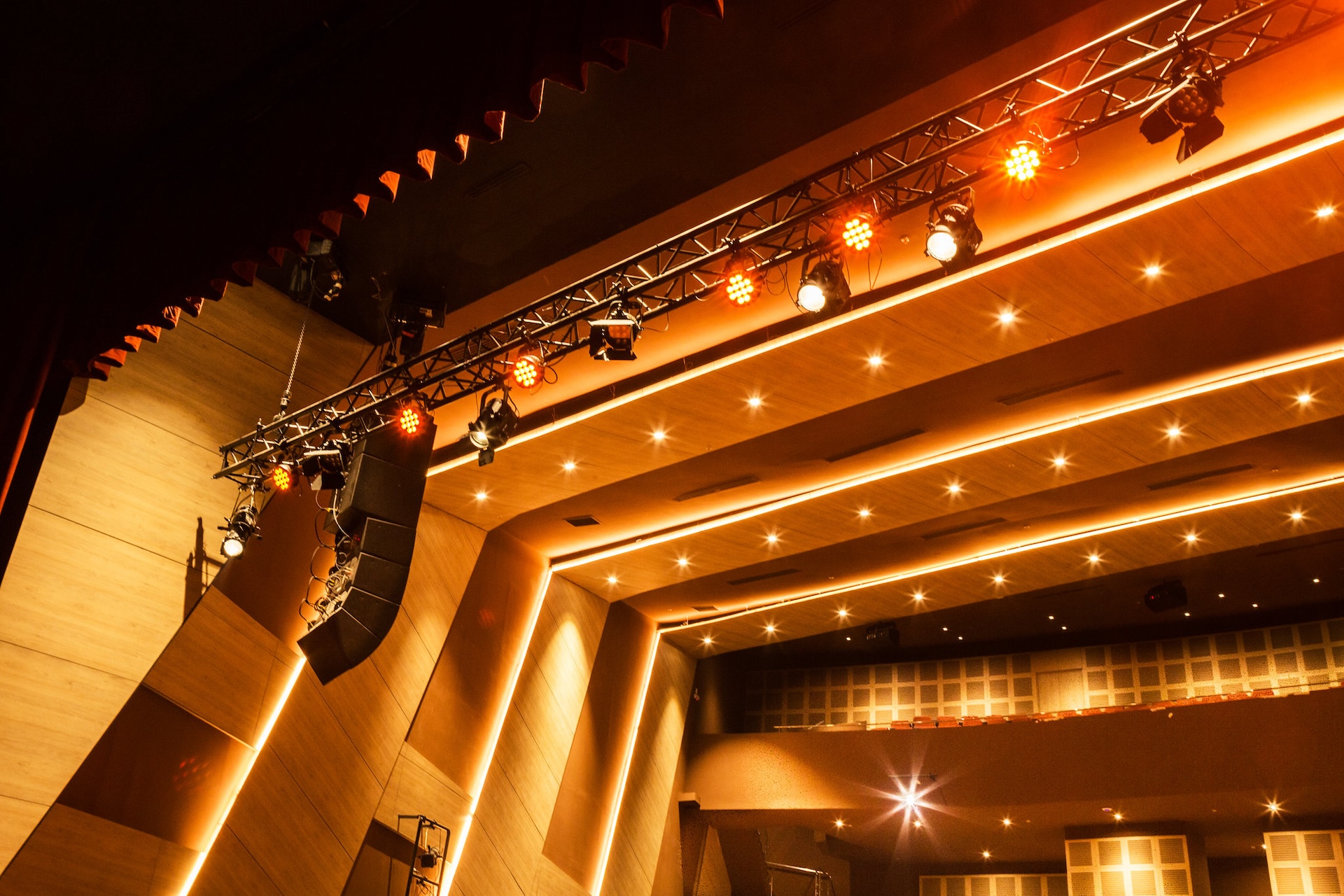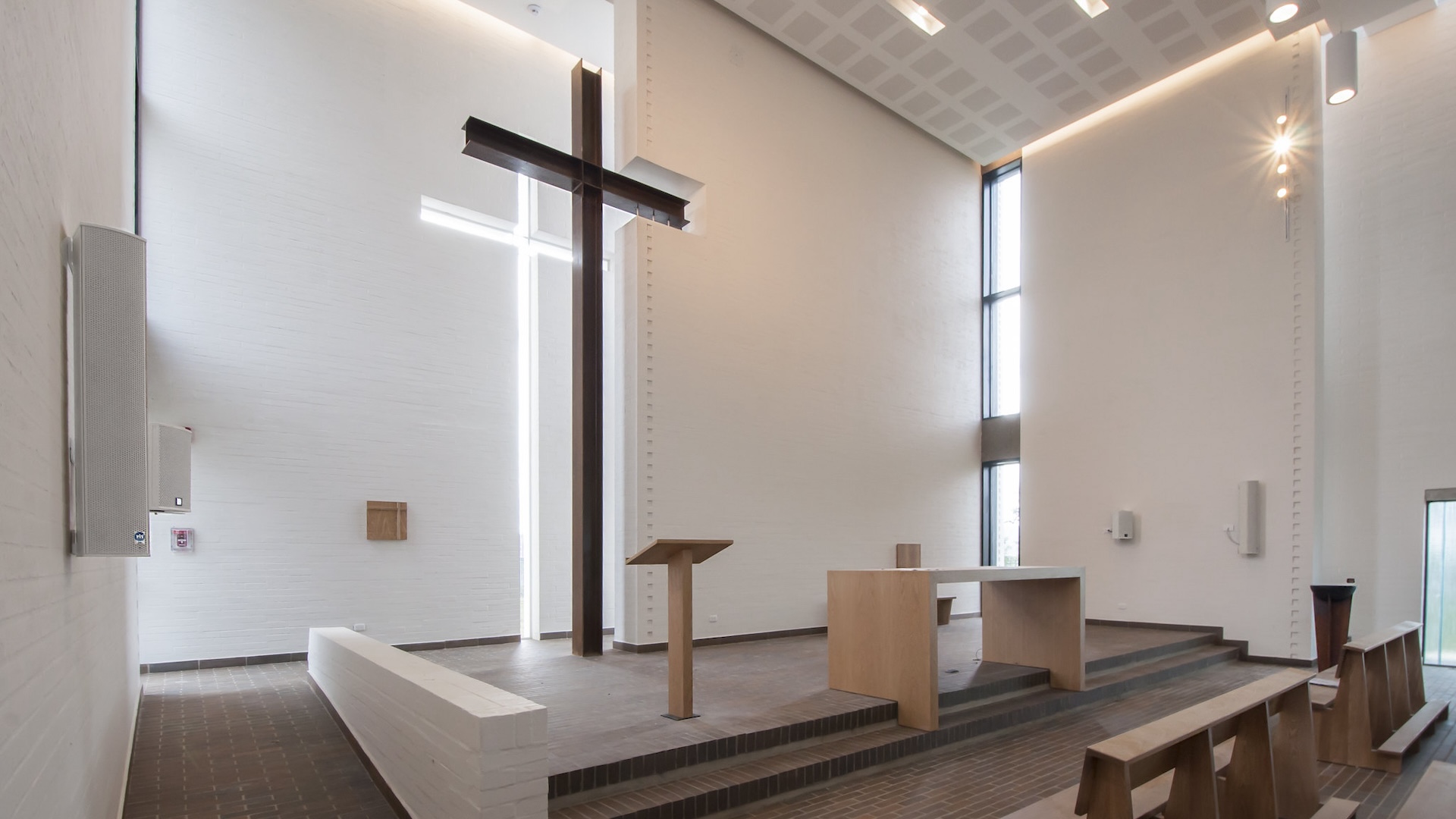Table of contents
The design of stages and spaces in a theater is an art that blends creativity with functionality. We’ll jump into the nuances of theater architecture, from the grandeur of the proscenium to the intimacy of black box spaces.
At Schaller Design Lab, we understand that every aspect of theater design impacts the audience’s experience. We’re here to guide you through the process, whether you’re renovating an old space or creating a new one.
If you’re looking for expert advice or need help with your theater project, remember we’re just a click away. Our team at Schaller Design Lab works with projects worldwide, offering design solutions and top-notch equipment to bring your vision to life.
Importance of Design in a Theater
Enhancing the Audience Experience
We recognize that an impactful theater design goes beyond just the visual appeal; it directly influences the audience’s experience. Every seat in the house must offer an unobstructed view — it’s not just a luxury, it’s a necessity. But sightlines are just the beginning. Acoustics play a crucial role; sound must travel cleanly and clearly, whether the space is whisper-quiet or shakes with the thunder of a live orchestra. This ensures that dialogue, music, and effects are heard as intended, fostering an immersive experience.
We also focus on comfort and accessibility. Spaces must allow easy mobility for all patrons, irrespective of their physical abilities. Seats need to provide enough room to move and relax, whereas aisles should accommodate smooth and safe passage. These elements might seem minor, but they have a significant impact on how an audience engages with a performance.
Creating a Memorable Atmosphere
The atmosphere within a theater can set the tone before the curtain even rises. We harness the power of design to create spaces that epitomize the magic of the performing arts. It’s in the meticulous details — the way the lighting casts a glow on surfaces, the textures of the materials that surround the audience, and even the colors that adorn the walls.
We craft lobbies and entrance spaces that welcome visitors into a different world, preparing their minds for the spectacle they’re about to witness. From opulent, gilded designs reminiscent of historic opera houses to minimalist, modern spaces that speak to our contemporary sensibilities, the atmosphere contributes to the storytelling long before the first line is delivered.
Intertwining form with function, the design of stages and theater spaces serves as a silent character in any performance. It’s a character that can enhance the narrative, stir emotions, and leave an enduring mark on each visitor’s memory. Integrating technology seamlessly into the design, we’re able to create adaptive environments that can transform at the touch of a button, adjusting to the demands of diverse performances.
Elements of Stage Design
Stage Layout and Dimensions

An inviting theater space designed for comfort and an immersive viewing experience.
When we think of stage design, the physical space where the action unfolds is key. An optimized stage layout with the right dimensions is vital for both performer maneuverability and audience engagement. Typically, theaters adhere to one of various classic shapes—proscenium, thrust, arena or black box—each offering distinct viewing experiences. – Proscenium stages create a clear separation between audience and performers.
- Thrust stages allow viewers on three sides, generating intimacy.
- Arena stages, also known as theatre-in-the-round, envelop performers with the audience on all sides.
- Black box theaters, meanwhile, boast versatile spaces that adapt to the performance.
Choosing the appropriate stage layout and ensuring ample performance space, alongside necessary backstage areas, allows for uninhibited creative expression.
Lighting Design
Lighting design is a critical element that impacts the visual mood and atmosphere. We leverage lighting to direct audience focus and elicit emotional responses. Intelligent lighting systems have revolutionized stage illumination, allowing for:
- Dynamic color changes
- Seamless spotlight transitions
- Complex special effects
Our use of lighting is methodical and purposeful, aligning with the narrative’s rhythm. High-quality lights that offer a range of intensities and hues are instrumental in transforming a scene from day to night or guiding viewers through a character’s internal journey.
Sound Design
Clear and balanced sound design ensures every line, sound effect, and musical note reaches the audience as intended. Acoustic treatments and the strategic placement of speakers are fundamental for clean and clear acoustics without the distracting echoes or dead spots. We carry out:
- State-of-the-art soundboards for mixing live performances
- Digital audio systems that offer expansive control
- Microphone technology that adapts to both actors’ movement and vocal dynamics
Through meticulous sound design, we create an aural world that complements the visual elements, weaving them into an immersive theatrical experience.
Set Design
Set design is a visual representation of the world within the performance. Our sets are more than backdrops; they’re interactive environments that resonate with the storyline and themes. We prioritize:
- Authenticity in period pieces
- Innovation in abstract concepts
- Flexibility for scene transitions
Materials and textures we choose pay homage to the script’s setting while the scale and complexity of set pieces can vary to match the production’s ambition and budget. Every architectural element and prop is chosen to enhance storytelling, ensuring that the physical space becomes an integral part of the narrative.
Considerations for Audience Spaces
Seating Arrangement and Comfort
Our focus on seating arrangement and comfort stems from its direct impact on the patron’s experience. Ergonomic seating that supports the natural curve of the spine is essential for reducing discomfort during long performances. We’ve seen stadium-style seating gain popularity due to its ability to provide unrestricted sightlines. Optimal seat spacing is not only a matter of legroom but also facilitates smoother movement in and out of rows, minimizing disruptions during a show.
Seat materials play a crucial role. Breathable fabrics and cushioning materials that maintain their shape after repeated use ensure that the audience’s physical comfort is a priority. ### Acoustic Design
Effective acoustic design in theaters is non-negotiable for clear sound delivery. We recognize that every spoken word, musical note, and sound effect needs to reach the audience without distortion. That’s why the incorporation of sound-absorbing materials in the design of audience spaces is essential. Wall panels, ceiling tiles, and even carpeting can dramatically improve the clarity and quality of the performance’s audio.
Control of reverberation time is also a key factor. Each genre of performance has its own optimal reverberation time, with dramatic plays requiring shorter times than musical performances. We ensure that spaces are adaptable, often with variable acoustics, so they’re suitable for a variety of shows.
Accessibility and Inclusivity
In our commitment to provide an all-encompassing theater experience, we prioritize accessibility and inclusivity in the design of audience spaces. Our designs adhere to the Americans with Disabilities Act (ADA) guidelines for accessible seating and pathways. This includes adequate wheelchair spacing, companion seating, and easy access to amenities like restrooms and concession stands.
But accessibility goes beyond physical space. We integrate assistive listening devices and offer captioning services for those with hearing impairments. Visual accessibility is also considered, with sign language interpretation and audio descriptions where necessary. We believe that the magic of theater should be available to everyone, regardless of their abilities.
Design Challenges in a Theater
Balancing Aesthetics and Functionality
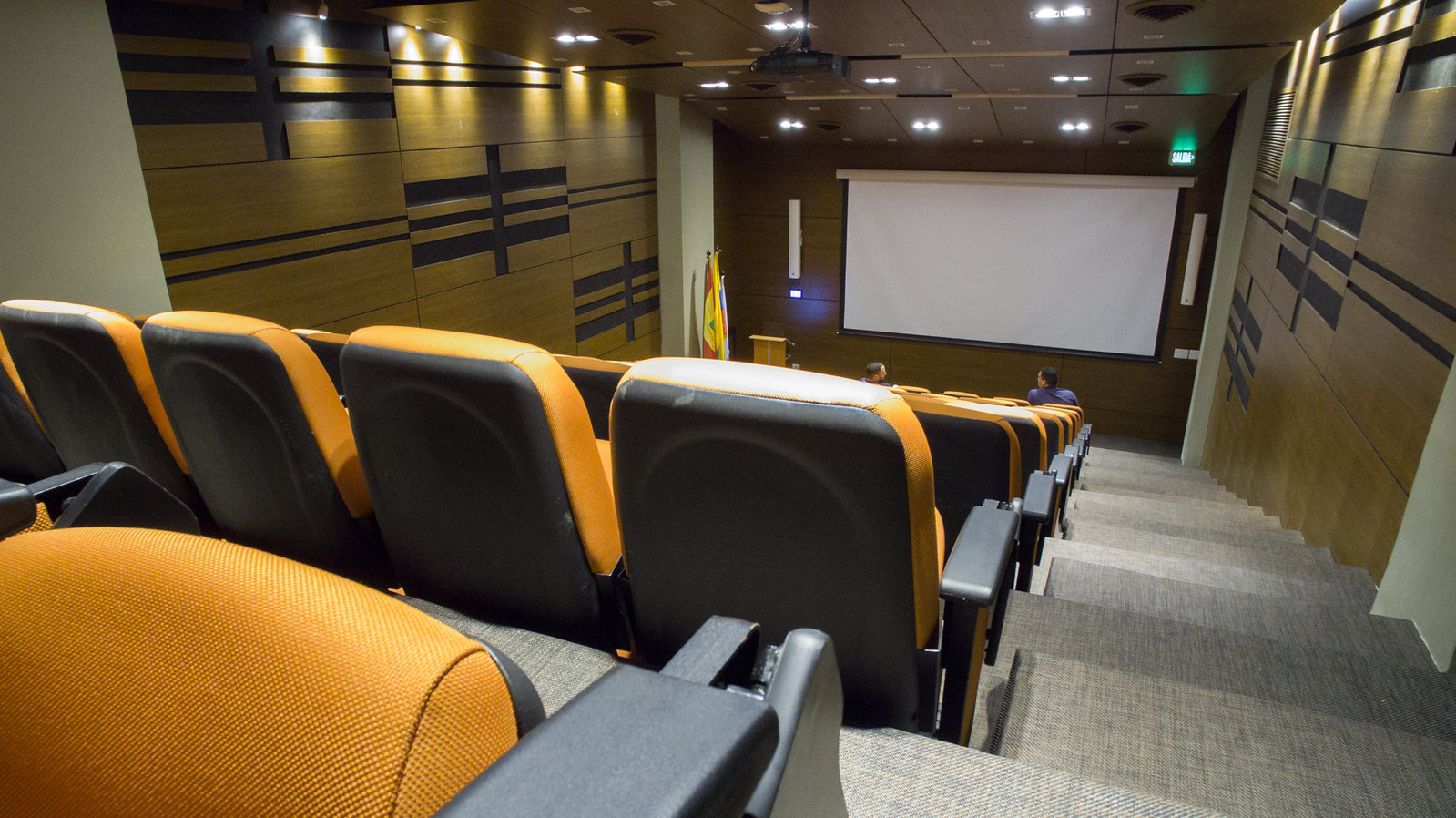
A contemporary auditorium designed for engaging presentations and lectures.
When we design a theater, striking the right balance between aesthetics and functionality is paramount. Aesthetics create the visual impact and mood essential for the theatrical experience, while functionality ensures the space is practical for both performers and patrons. – Theater architects often incorporate visually stunning features, but these must not compromise acoustics or sightlines. – High-quality materials and design elements that reflect the theme and purpose of the space are selected to create an immersive environment.
- We prioritize durable materials to withstand extensive use while maintaining the theater’s visual appeal over time.
Efficient design includes ample backstage areas and technical spaces necessary for smooth operations, ensuring that these areas do not distract from the theater’s visual narrative.
Dealing with Limited Space
In urban areas, theaters often face the challenge of operating within a limited footprint. Optimizing every square inch of the venue becomes a key focus.
- Multi-use spaces are designed to adapt to various types of performances, from plays to musicals or even conferences.
- Retractable seating and innovative storage solutions ensure that we can quickly transform the space to meet the demands of different events. – Vertical design thinking helps in expanding upward when horizontal expansion isn’t possible, utilizing fly towers and other vertical spaces for versatility.
We ensure that, even though space limitations, the experience for both audience and performers is never compromised by maintaining high standards in design and functionality.
Integrating Technology
Integrating state-of-the-art technology into theater design is essential for modern productions.
- Advanced lighting systems are utilized to enhance the atmosphere and immerse the audience in the performance.
- Sound systems are installed with precision to ensure even audio distribution throughout the auditorium.
- Digital screens and projection equipment must be meticulously integrated to both complement the live performance and add to the storytelling techniques.
Incorporating cutting-edge technology requires a delicate balance. It’s critical that technology enhances the performance without overshadowing the raw talent on stage. We focus on integrating technology that is both unobtrusive and can be easily updated to keep pace with evolving trends and technical advances.
Conclusion
We’ve seen how the design of stages and spaces in a theater isn’t just about aesthetics; it’s about crafting an experience that resonates with every audience member. From ensuring unobstructed views to integrating cutting-edge technology, every element plays a pivotal role. We understand the complexities of balancing form and function and recognize that a well-designed theater is an essential component of the magic of live performance. Let’s keep pushing the boundaries of design to create spaces that inspire and captivate, where every performance is an unforgettable journey.
Frequently Asked Questions
Why is theater design important for the audience’s experience?
Theater design is crucial because it ensures unobstructed views, clear acoustics, comfortable seating, and accessibility, deeply impacting the overall enjoyment and immersion of the audience during a performance.
What role does atmosphere play in theater design?
The atmosphere, set by lighting, textures, and colors, is a vital design element that contributes to storytelling and sets the tone for the performance, making it a fundamental aspect of the theater-going experience.
How does incorporating technology affect theater design?
Integrating technology into theater design allows for adaptive environments, enhancing performances without overshadowing the talent. It’s about balancing unconventional innovation with the classic allure of theatrical experiences.
What are the challenges in balancing aesthetics and functionality in theater design?
Balancing aesthetics and functionality involves creating a visually stunning space that is also practical and versatile for different types of performances, which can be challenging due to space limitations and varied artistic requirements.
How does limited space impact theater design?
Limited space in theater design necessitates creative solutions to maximize functionality without compromising the audience’s comfort or the performance’s quality, making efficient use of every available inch.
Our Portfolio
Table of contents







